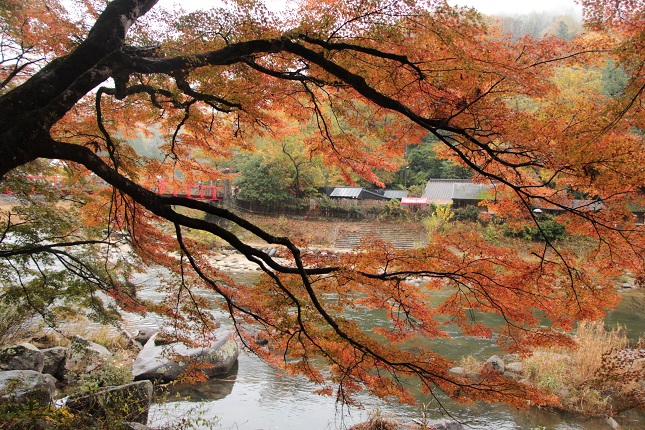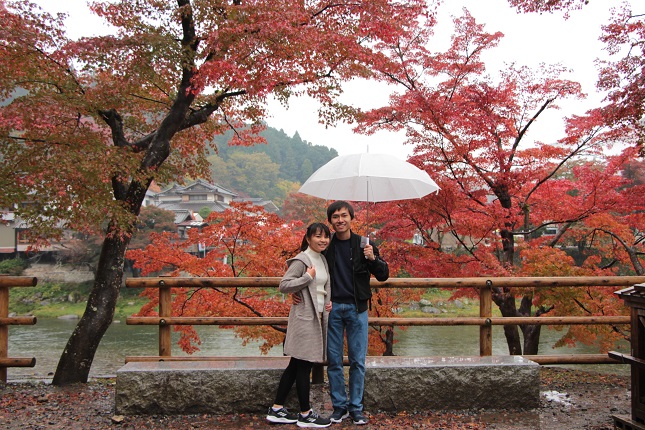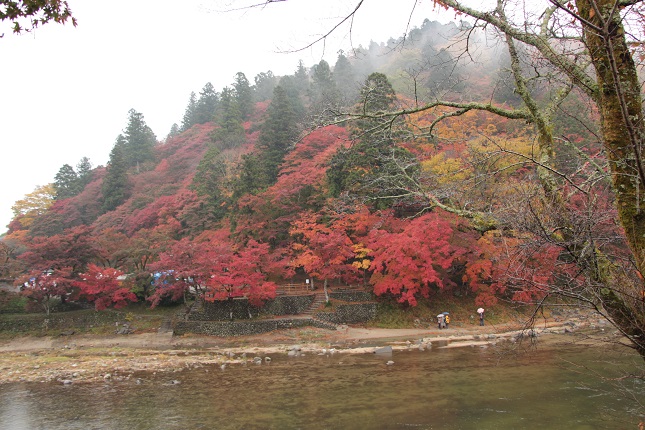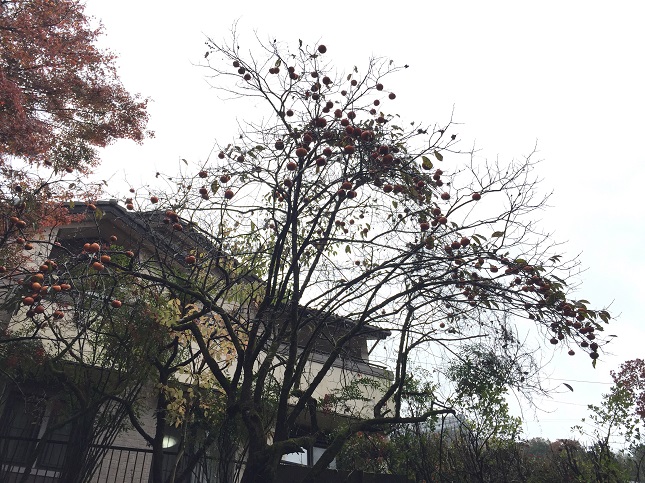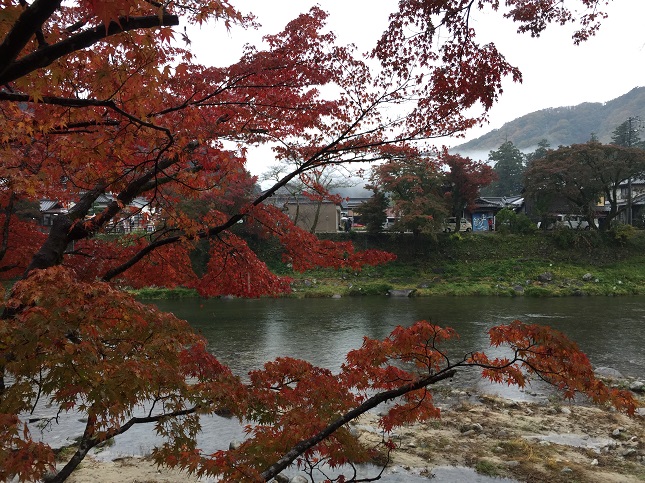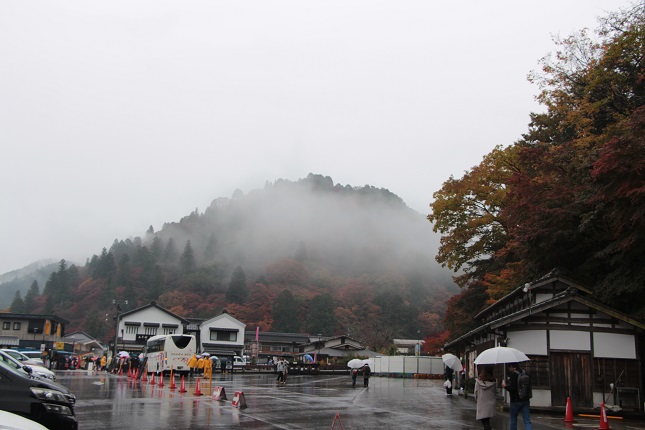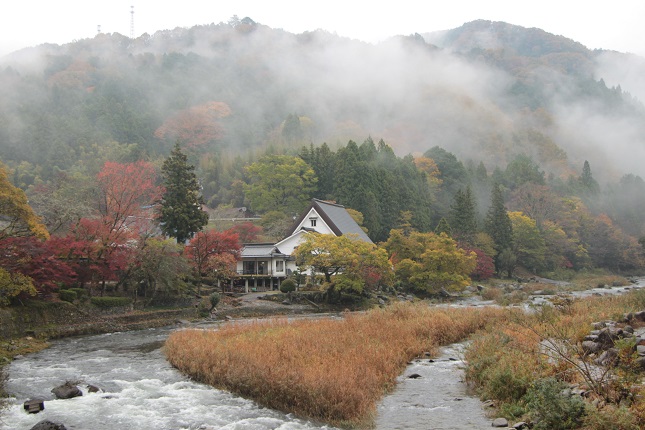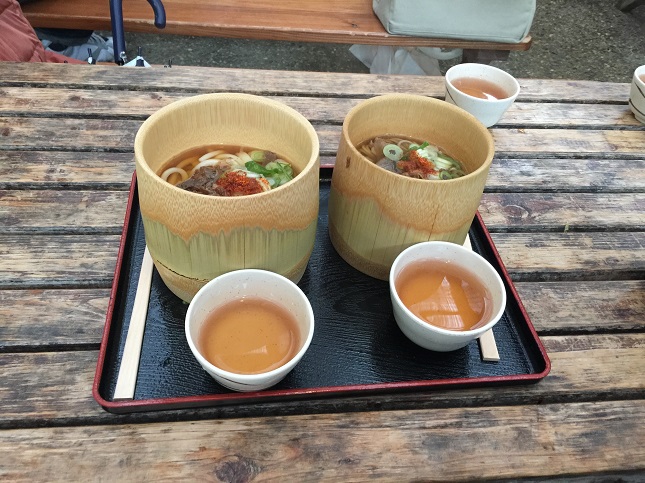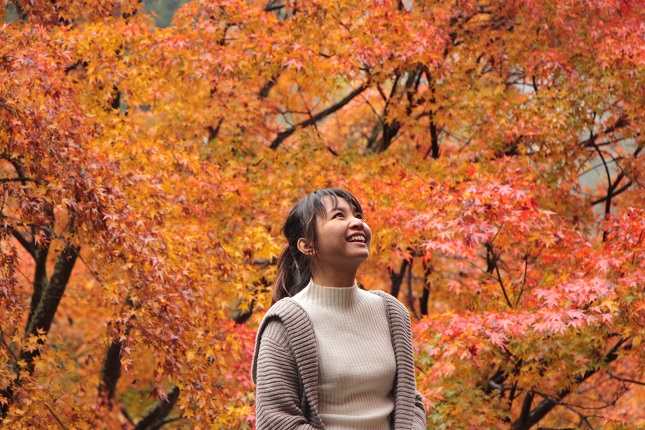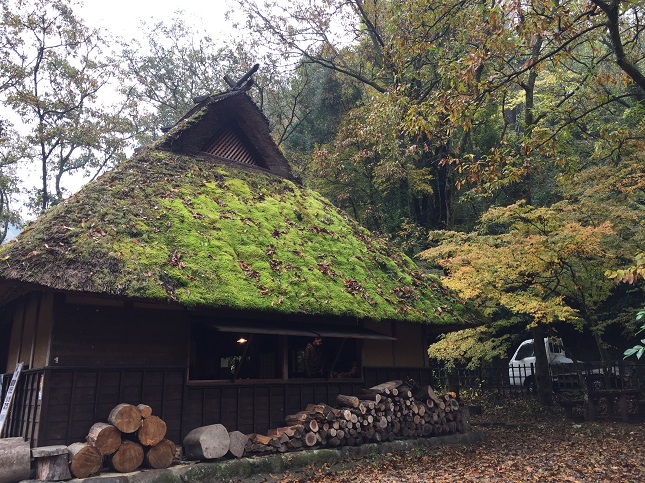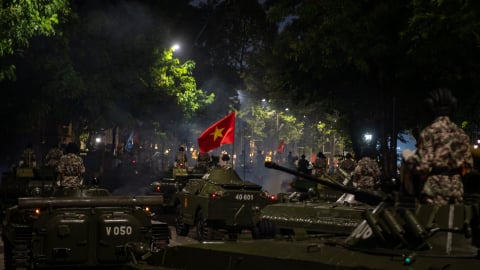Momiji leaves will gradually change from green to yellow or bright red, creating an extremely romantic and attractive scene.
According to historical records, the Momiji trees in Korankei Valley were first planted in 1634 by Mr. Sanei osho - the 11th monk of the nearby Koujaku-ji temple.
Today, when you visit Korankei, you can enjoy the fruits of the ancients' labor - because this is one of the places with the most wonderful autumn scenery that you certainly cannot miss when coming to Japan at the end of November every year.
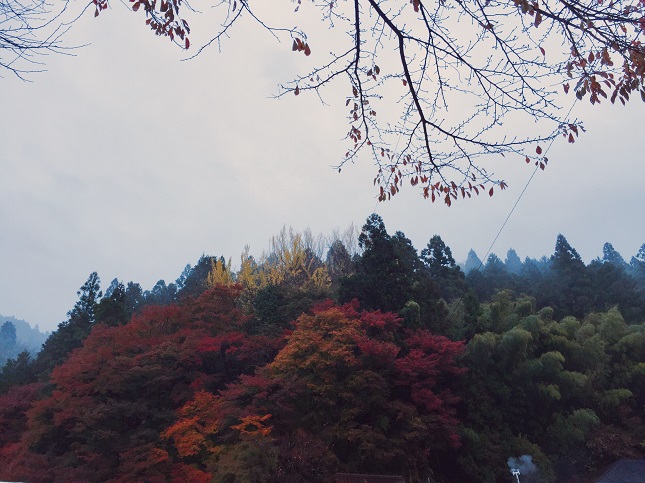
To date, Mt. Imori-yama has been covered with 4,000 Momiji trees, dyeing the surface of the Tomoe River and the mountainside a sparkling color. In addition to the Momiji trees, there are also some yellow Ginko trees growing interspersed in the valley. Ginko will be familiar to those who love Japanese comics and Ghibli animation films. People often call Ginko fan flowers, because their shape is similar to the blades of a fan.
Korankei is a popular autumn foliage viewing spot with a long history in the Tokai region. In autumn, many people from inside and outside the prefecture visit the Tomoegawa River Valley, located in Asuke-cho, Toyota-shi, Aichi Prefecture, for its attractiveness.
Korankei Valley is surrounded by the 254m high Mount Iimori, where Kojaku-ji Temple is located. And the vermillion Taigetsukyo Bridge is the symbol of Korankei Valley – a great place to take impressive photos.
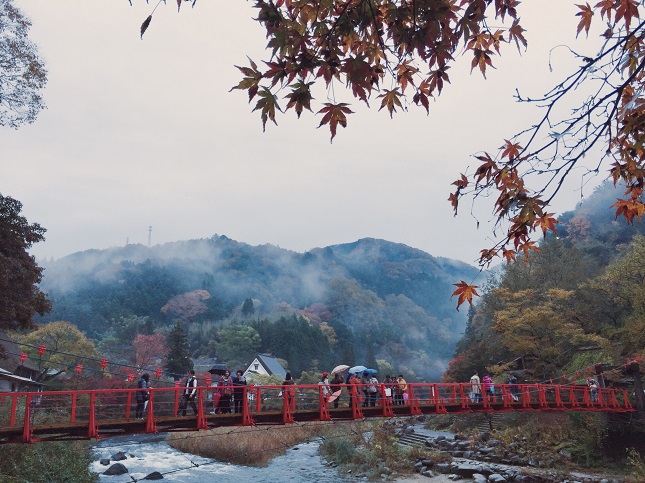
Visit Korankei on a November day and you can choose to walk around the trails, visit the ancient Soto sect temple Kojaku-ji, founded in 1427. Or even enjoy the famous hot Japanese noodles.
Your autumn will surely become poetic if you once wander to Korankei during the red leaf season.
Post:Bao Khuyen- Image:Kim Dao

 VI
VI EN
EN



